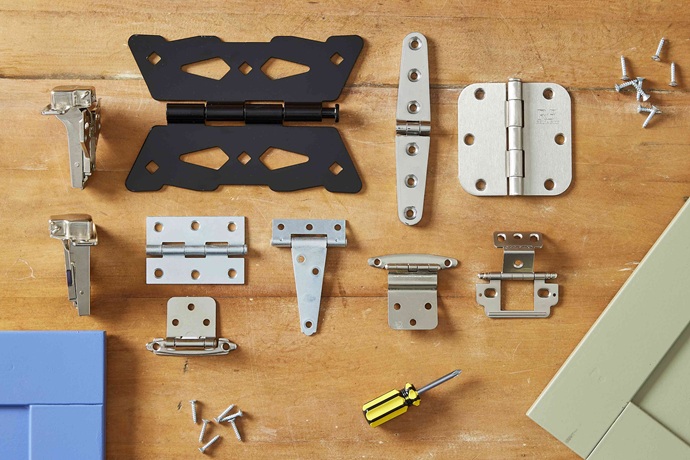Numerical control (NC) is automation of machine tools operated by precisely programmed commands encoded on a storage medium. Today, most NC is computerized numerical control (CNC) in which computers are a vital part of the control.
NC turning machines are ideal for medium and low production as it is easier to write new programs rather than to make adjustments to the processing equipment. They were specially developed for carrying out contour machining requirements of some complicated aircraft parts.

The first models of NC turning machines did not use actual central processing units and featured digital electronic circuits; They were known as NC or hardwired NC machine tools. The highly-innovative computer numerically controlled (CNC) machine tools were invented sometime in the 1970s and they featured mini computers which were used as control units. With all the advancements in computer technology and electronics, CNC systems today use several programmable logical controllers and high-performance micro processors.
Modern NC turning machines have the power to get multiple tasks done by one operator of a conventional machine. Because of that, numerical control systems know in what sequence and when to give commands to change tools. Also, they must know at what feed and speeds should the machine tools operate and how to produce parts of the required size. The numerical controlled system gains the ability to perform control functions through the numerical input information.
CNC stands for Computer Numeric Control and it is one of those investments that can take your business production to the next level. This technology is expected to completely revolutionize the manufacturing industry, as well as the entire process of modern industry.
CNC can control the motions of the tool or workpiece, the input parameters such as depth of cut, feed, speed as well as the functions such as turning coolant on/off and turning spindle on/off. CNC precision machining process uses computers that have installed a special software installed and connected to a machine with the purpose of eliminating human intervention and automating the operation of the machine.
CNC turning is a process that people often relate to or confuse with milling, but although they are both computer controlled processes, their main differences that set them apart are quite strong. Milling is a machining process in which rotary cutters are used to remove material from piece of work advancing in line at an angle with the axis of the tool. From small individual parts to large, heavy duty milling operations, milling covers a wide array of different machines and operations.



















